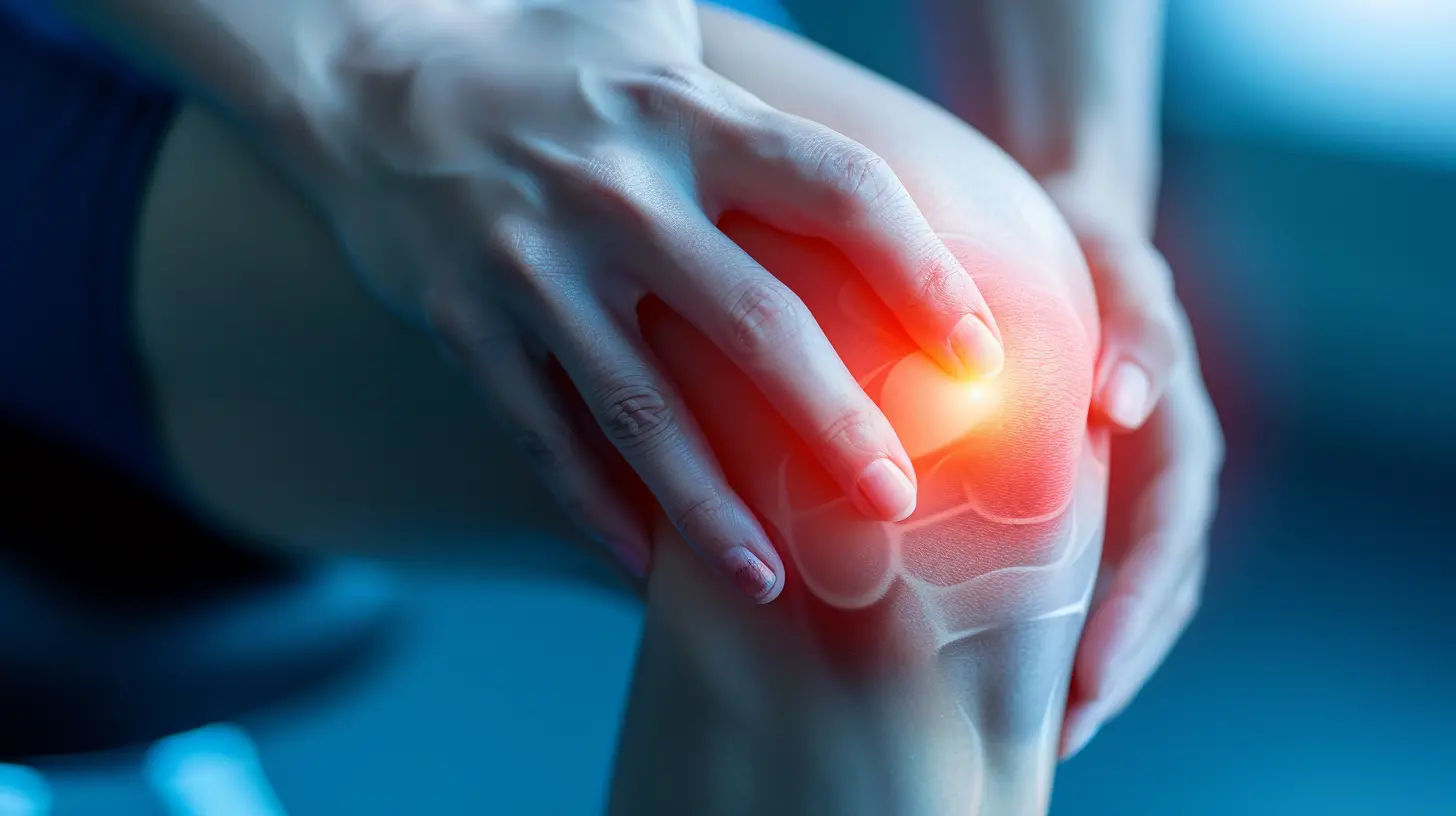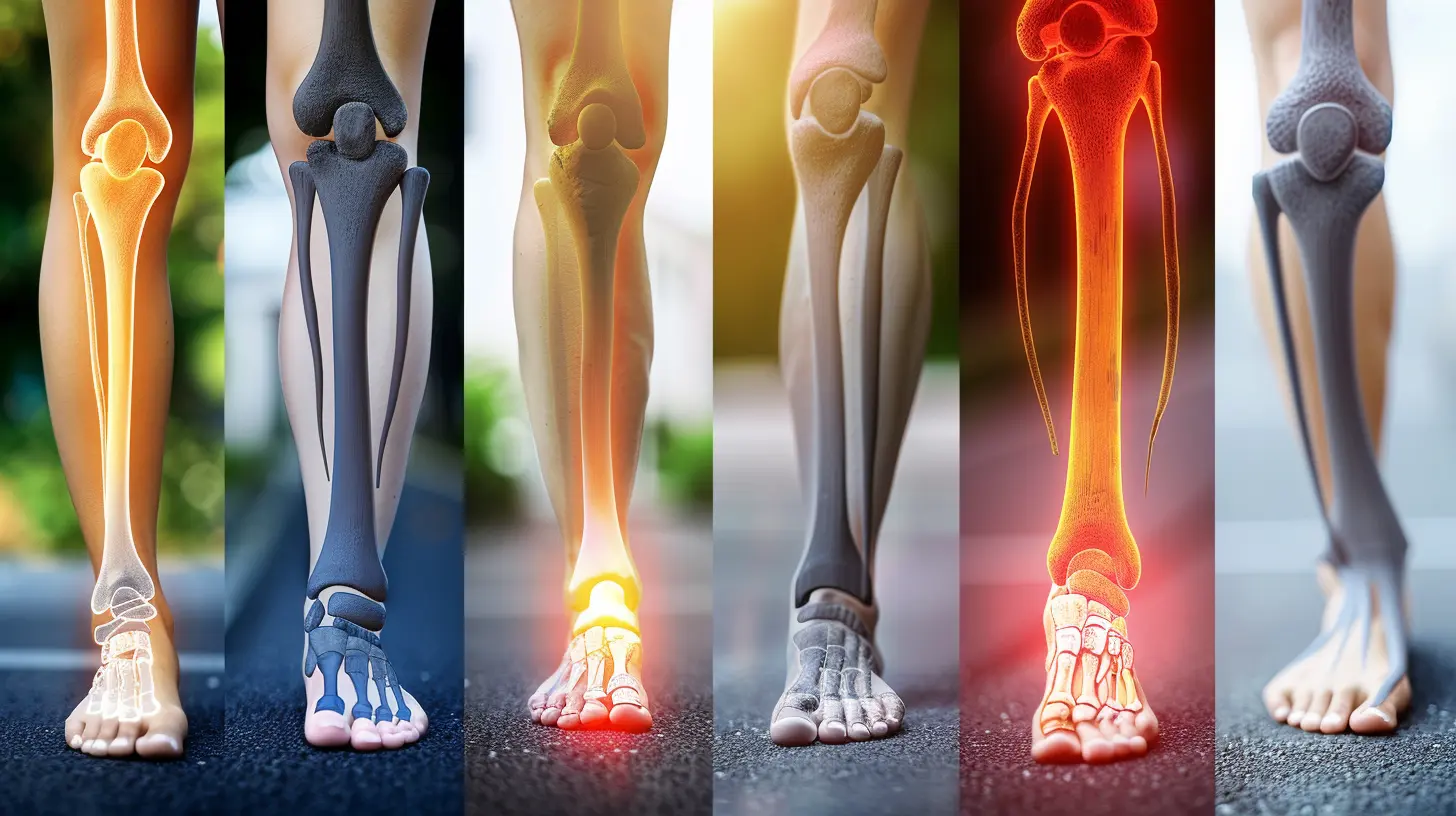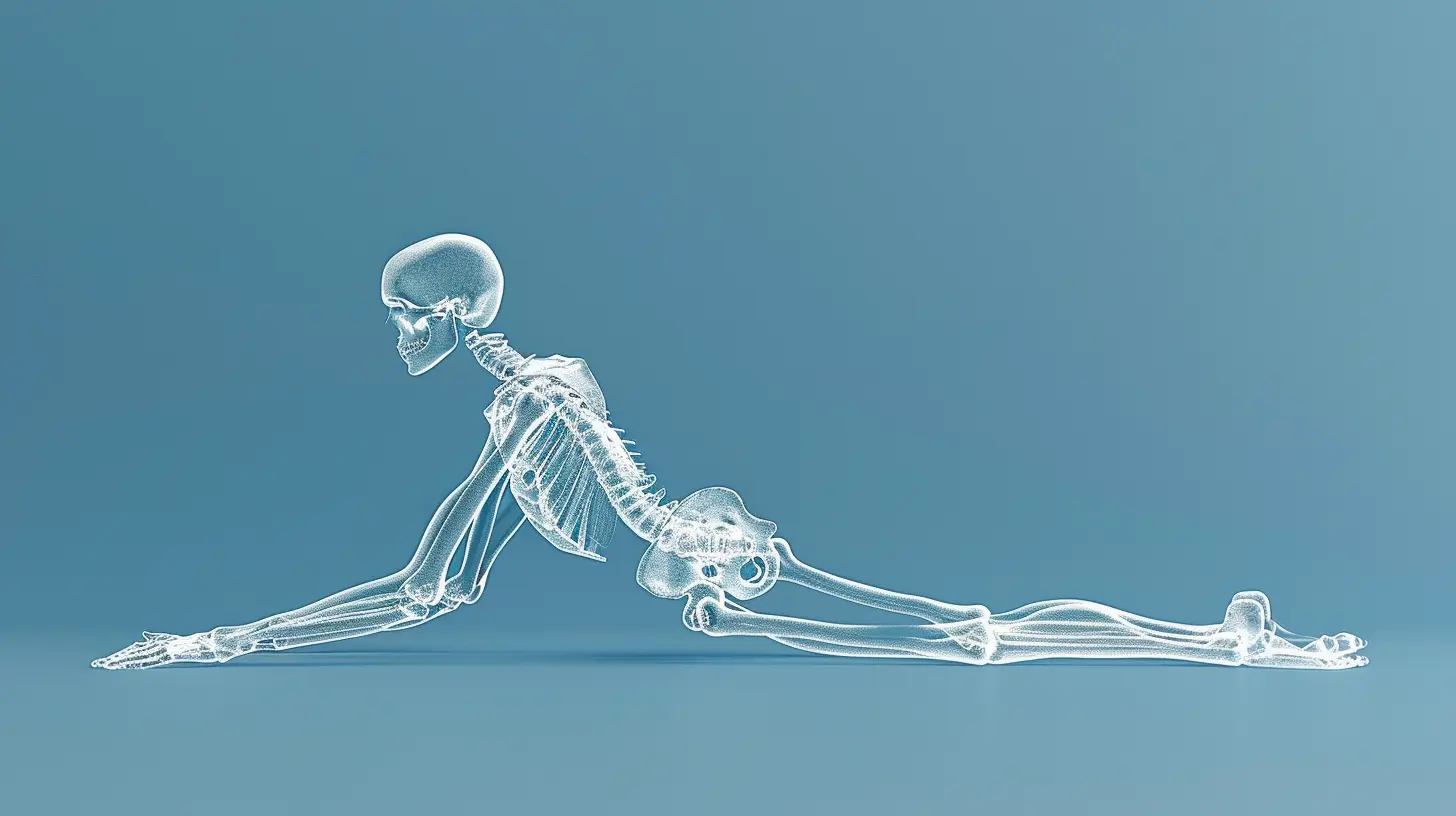The Best Exercises for Maintaining Joint Health
28 October 2025
Joint health isn’t something we tend to think about until things start to creak, crack, or ache. But let’s be honest—by the time you hear your knees making more noise than a bowl of Rice Krispies, it’s a sign that your joints could use some TLC.
So, if you’re looking to move comfortably into your later years (or just want to keep up with your kids or grandkids now), maintaining joint health should be at the top of your priority list. And the good news? You don’t need to become a gym rat or run marathons. Gentle, consistent movement is the name of the game.
Let’s dive into the best exercises for keeping your joints happy, healthy, and moving like a well-oiled machine.
Why Joint Health Matters More Than You Think
Before we get into the workouts, let’s talk for a second about why joints are the unsung heroes of your body. Joints are where two bones meet, cushioned by cartilage and powered by ligaments, tendons, and muscles. They’re literally what allows you to bend, twist, stretch, and move through life.When joints break down—whether from aging, injury, or inactivity—things snowball fast. Pain becomes constant. Everyday tasks feel harder. And your mobility shrinks.
The kicker? Many of these issues are preventable with just a bit of consistent movement.
What Happens When You Don’t Move Enough?
Think of your joints like doors on rusty hinges. If you never open them, they stiffen up. Over time, without enough movement, cartilage can wear down, synovial fluid (your joints’ natural lubricant) starts to decrease, and inflammation builds up. All of that equals—yep, you guessed it—pain.That’s why regular exercise isn’t just for fitness buffs. It’s essential for joint longevity. Let’s look at the kinds of exercises that actually help your joints—not hurt them.
1. Low-Impact Cardio: Keep It Smooth and Steady
When it comes to joint-friendly cardio, think smooth, not jarring. You want exercises that get your heart pumping without pounding your joints into submission.Walking
It may sound basic, but walking is an underrated champ. It increases circulation, maintains cartilage health, and helps strengthen muscles around your knees and hips.Pro Tip: Aim for at least 30 minutes a day. Even short 10-minute walks sprinkled throughout your day can add up.
Swimming
Water is your joint’s best friend. Swimming takes the pressure off your joints while giving your muscles a full-body workout—and you’ll burn calories like crazy.Bonus: The water’s resistance also helps tone muscles without the wear and tear.
Cycling
Whether it’s a stationary bike or cruising around the neighborhood, cycling is easy on the joints and strengthens the lower body. Great for knees and hips!
2. Strength Training: Build the Support System
If your muscles are weak, your joints take the hit. Strength training builds the muscles around your joints, giving them the support they need to function smoothly.Bodyweight Exercises
Think squats, lunges, and push-ups. Using your own body weight allows you to build strength without overdoing it.Quick Tip: Focus on proper form over reps. It’s better to do 5 solid lunges than 20 sloppy ones.
Resistance Bands
These little bands pack a powerful punch. They’re gentle on the joints, easy to use, and perfect for strengthening hard-to-target areas like your rotator cuffs and glute meds.Light Dumbbells
You don’t need to bench press a car to see benefits. Even light weights (2-5 lbs) can engage key stabilizing muscles and keep your joints well supported.3. Mobility Drills: Lubricate and Activate
Mobility work isn't just trendy—it's a critical piece of the joint-health puzzle. These are controlled movements that increase your joint's range of motion.Dynamic Stretches
Instead of static stretching (holding one position), dynamic stretches involve slow, controlled movement. Think leg swings, arm circles, or spinal twists.Why It Works: These help warm up the synovial fluid in your joints, making things flow smoother during workouts.
Controlled Articular Rotations (CARs)
This fancy name just means isolating your joints and moving them through their full range. For example, slowly rotating your shoulder like you're painting a giant circle in the air.Why It Matters: It literally keeps the joint tissue healthy and nourished by promoting fresh blood flow.
4. Flexibility Training: Stretch It Out
Tight muscles pull on your joints, causing misalignment and discomfort. Flexibility training keeps your muscles loose and your joints properly aligned.Yoga
Yoga is a triple threat for joints: flexibility, strength, and balance. Poses like downward dog, warrior, and child’s pose target every major joint and muscle group.Pilates
Less about holding poses and more about controlled movement, Pilates strengthens your core and improves posture—both of which reduce stress on your joints.5. Balance and Stability Work: Joint Safety Insurance
Balance exercises train your body to respond to sudden shifts in motion, reducing the risk of falls or awkward movements that can injure your joints.Single-Leg Stands
Try standing on one leg for 30 seconds (then switch). Simple, but effective. Step it up by closing your eyes or standing on a cushion.Bosu Ball or Balance Board Exercises
Adding an unstable surface forces your ankle, knee, and hip joints to adapt and strengthen, making them more resilient in real life.6. Recovery and Rest: The Unsung Hero
Let’s not forget—your joints don’t just need movement, they also need rest. Recovery gives your joint tissues time to heal, rebuild, and come back stronger.Foam Rolling
Using a foam roller helps release muscle tension and improve blood flow. Think of it like giving your muscles and joints a little massage.Adequate Sleep
Sleep isn’t just for your brain—it’s vital for joint repair. When you sleep, your body goes into restoration mode, repairing wear and tear from the day.What to Avoid: Exercises That Can Wreck Your Joints
Now, not all exercises are created equal when it comes to joint health. Some patience—and common sense—goes a long way.High-Impact Movements
Repeated jumping and hard landings (think box jumps or running on concrete) can wear down your joints fast if you do them too often without proper form.Deep, Weighted Squats (Without Proper Training)
We’re not saying squats are bad, but loading up a barbell and going deep before you’ve built proper mobility and strength? That’s a recipe for knee problems.Overtraining
Yes, even something good can turn sour. Pushing your body without enough rest just exhausts your joints and increases your risk of injury.Foods and Supplements That Support Joint Health
Of course, what you put in your body matters, too. You wouldn’t expect your car to run well without oil, right? Same deal for joints.Anti-Inflammatory Foods
- Fatty fish (salmon, sardines)- Walnuts and flaxseeds
- Leafy greens
- Berries
- Turmeric
Supplements to Consider
- Glucosamine and Chondroitin: These help support cartilage health.- Omega-3s: Reduce joint inflammation.
- Collagen: Helps maintain the integrity of cartilage and tendons.
Always check with a healthcare provider before adding new supplements, especially if you’re on medications.
Tailoring Joint Exercises for All Ages
Whether you’re 25 or 75, protecting your joints is a lifelong project. But the approach will look a little different depending on your age and current health.For Young Adults
Now’s the time to build a strong foundation. Focus on mobility and strength training to protect future joint function.For Middle Age
Keep an eye on posture, back health, and core stability. You may need to start shifting to low-impact cardio and more mobility work.For Seniors
Balance is crucial. Walking, water aerobics, and gentle stretching can keep you moving well into your golden years.Final Thoughts: Motion Is Medicine
Caring for your joints doesn’t require fancy equipment, intense sweating, or athletic ability. It’s about consistent, intentional movement that keeps your body functioning the way it was meant to.Think of your joints as gears in your machine. Use them, care for them, nourish them, and they’ll take you as far as you want to go.
So, why not roll out a mat, take a short walk, or try that yoga class you’ve been eyeing? Your joints will thank you—today and 20 years from now.
all images in this post were generated using AI tools
Category:
Healthy JointsAuthor:

Laurie Barlow
Discussion
rate this article
1 comments
Kyle Hahn
Stay active and keep those joints happy! These exercises are a fun way to enhance your mobility and overall well-being!
November 8, 2025 at 5:44 AM


